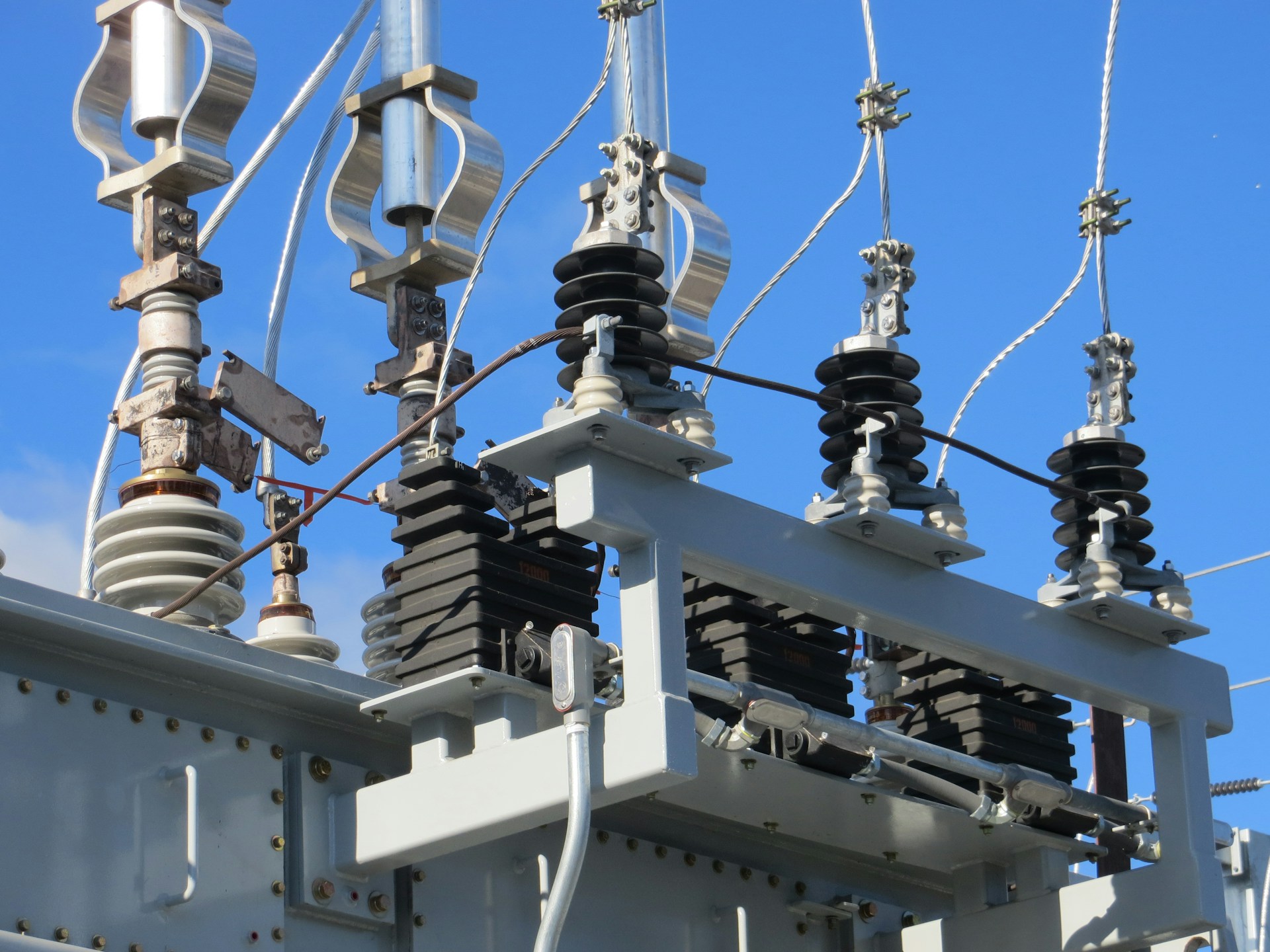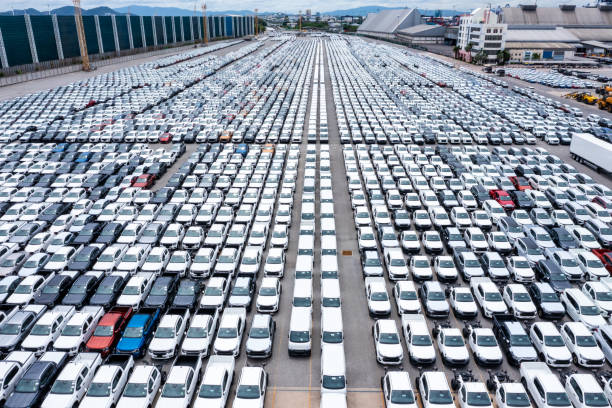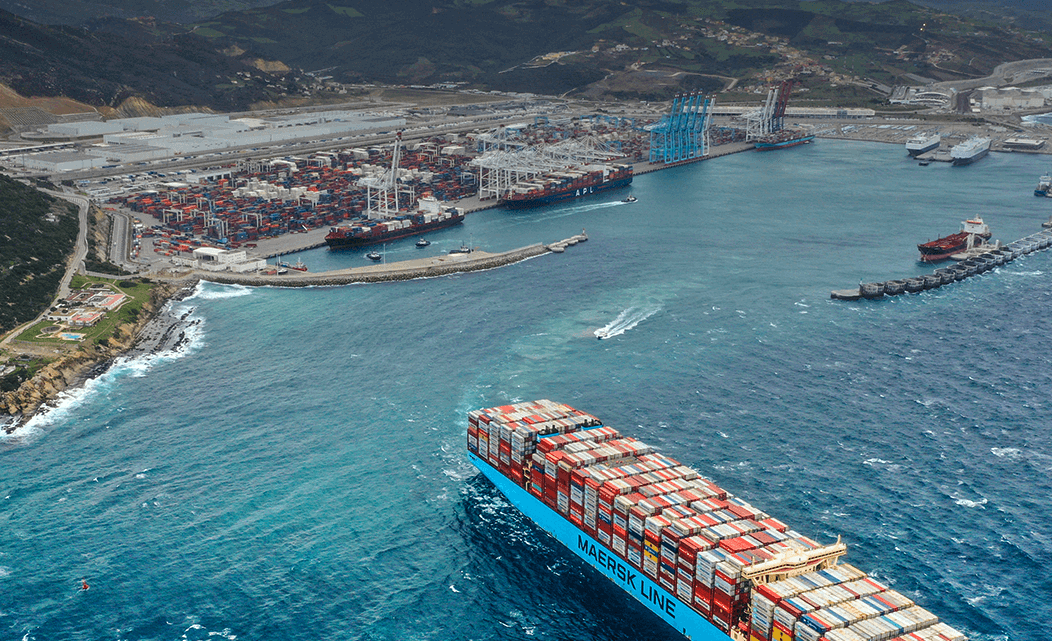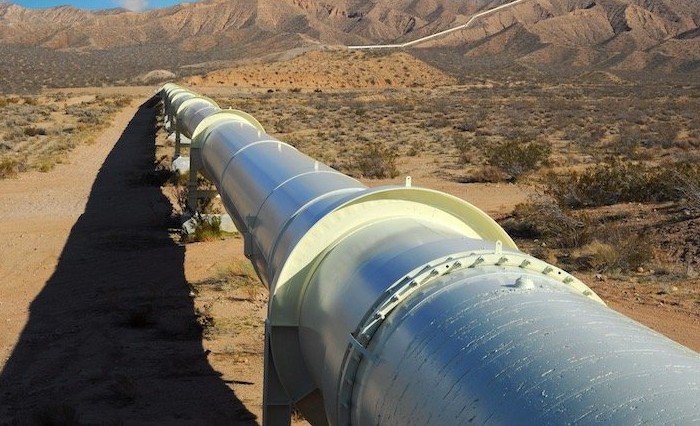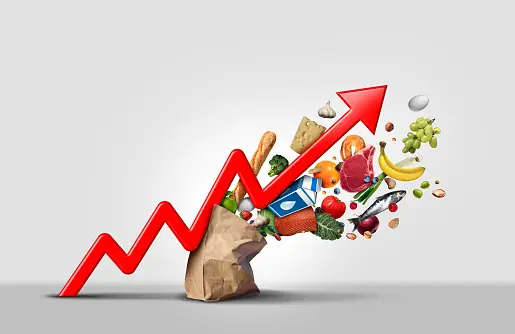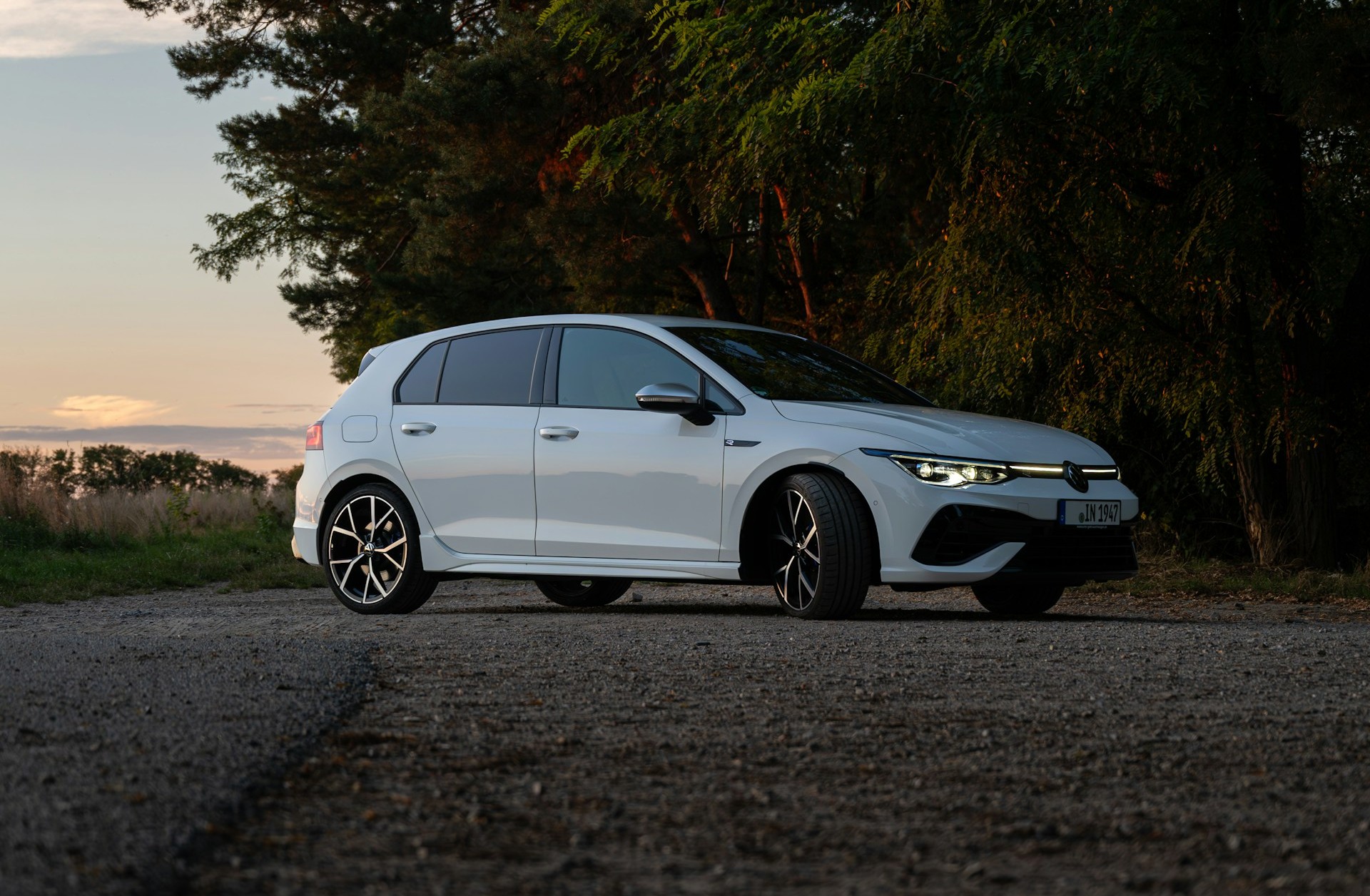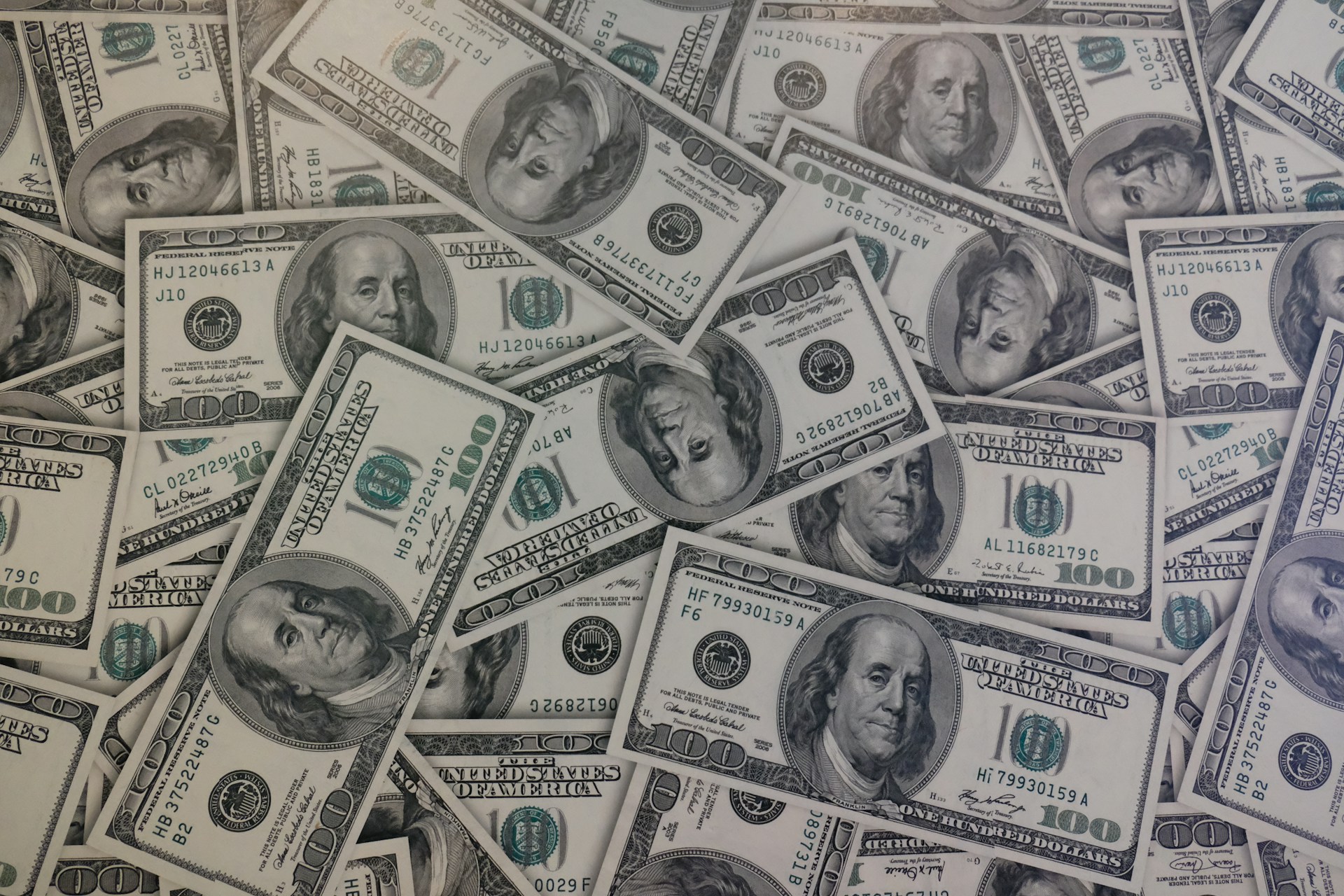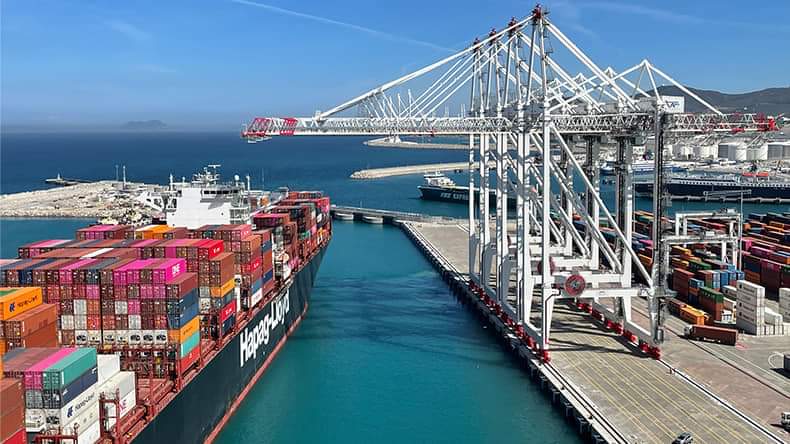Casablanca-In a significant development, the automotive industry has emerged as the leading contributor to Moroccan exports, showcasing its growing importance in the country’s economy.
Morocco’s automotive sector has witnessed a significant uptick in exports, reaching over 130.64 billion dirhams (MMDH), approximately$ 13.46 million USD, by the end of November 2023, marking a notable growth of 30.2% compared to the same period in the previous year, as reported by the Foreign Exchange Office.
This surge in exports is attributed to increased sales across various segments within the automotive industry. Sales in the construction segment witnessed a substantial increase of 12.64 billion dirhams (approximately$ 1.3 million USD), while cabling and vehicle interiors and seats saw boosts of 10.42 billion dirhams and 2.19 billion dirhams (approximately$ 1.07 and $0.22 million USD) respectively. The Foreign Exchange Office attributes this growth to the burgeoning demand for these automotive components both domestically and internationally.
The electronics and electricity sector also experienced a significant uptick, with sales soaring by 27.3% to reach 21.3 billion dirhams by the end of November 2023 (approximately$ 2.19 million USD). This surge underscores Morocco’s growing prowess in the manufacturing and export of electronic components.
In the textile and leather sector, exports registered a commendable growth of 5.7%, fueled by increased sales of ready-made clothing and hosiery. However, sales of shoes experienced a slight decline of 4.6%.
Meanwhile, exports from the aeronautics sector remained relatively stable, totaling nearly 19.64 billion dirhams (approximately$ 2.02 million USD) by the end of November 2023.
Despite these positive trends, the agriculture and agri-food sector witnessed a marginal decline in exports, primarily due to lower sales in the food industry and agriculture, forestry, and hunting sectors.
On the mining front, exports experienced a slight downturn of 1.7%, particularly in the sales of phosphates and derivatives, which decreased by 35.3%, phosphoric acid by 44.2%, and phosphates by 43.6%.
In parallel with the surge in exports, Morocco’s new automobile market experienced a modest increase in sales volume, totaling 161,504 units in 2023, representing a marginal growth of 0.1% compared to 2022. However, this figure still falls short of pre-COVID levels, indicating a continued recovery.
Within the passenger vehicle segment, Dacia emerged as the frontrunner with 33,830 cars sold, albeit experiencing a slight drop of 13%. The brand Renault followed closely behind with 22,553 deliveries, achieving a growth of 5.7%. Hyundai secured the third position with 13,884 deliveries, marking a notable jump of 9.9%. Peugeot and Volkswagen rounded off the top five, with sales volumes of 12,026 and 8,699 vehicles respectively, though both brands experienced declines in sales compared to the previous year.
Overall, the surge in automotive exports coupled with the modest growth in the new automobile market signify positive momentum for Morocco’s automotive industry, underscoring its resilience and competitiveness on the global stage.





